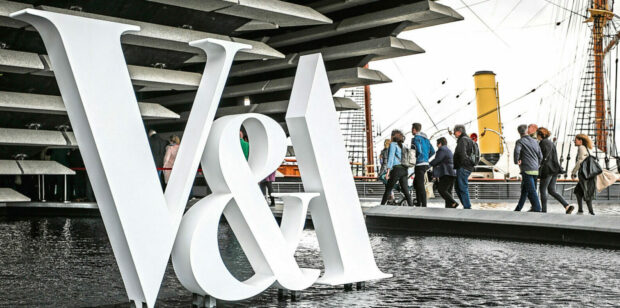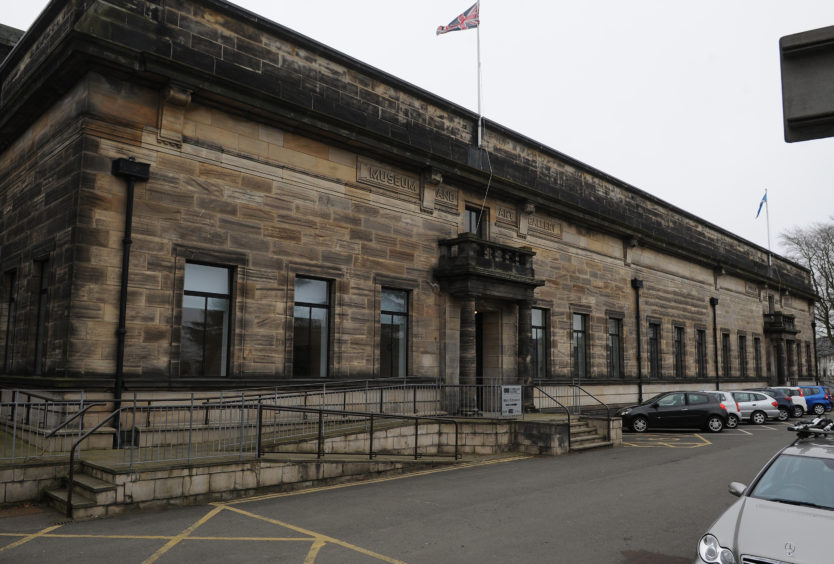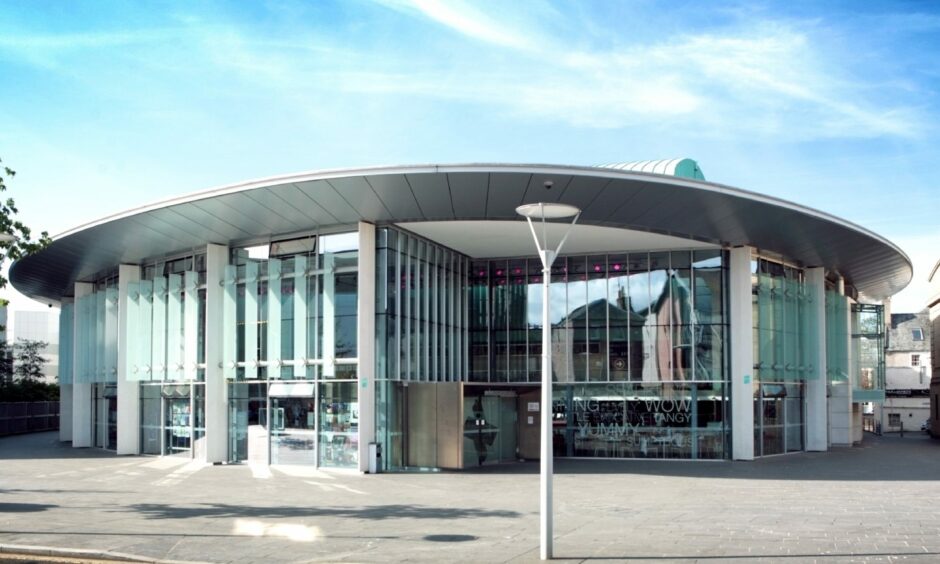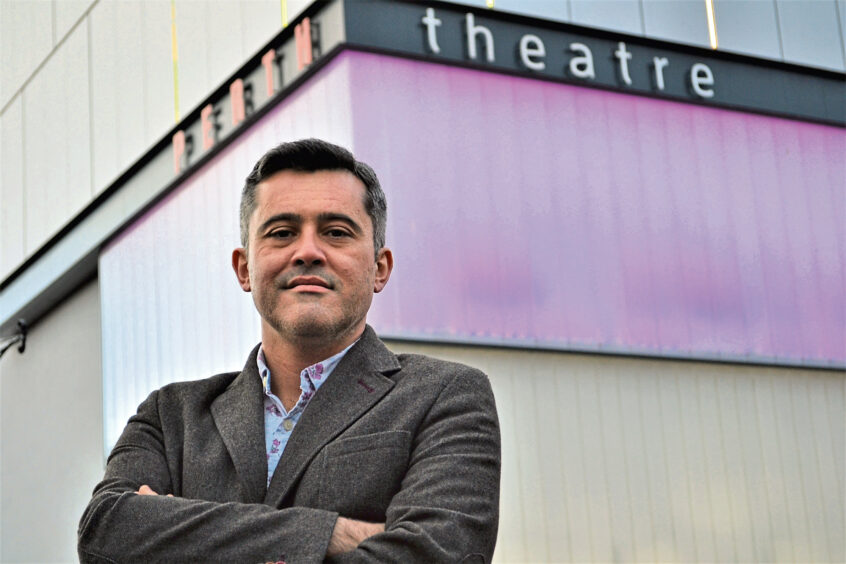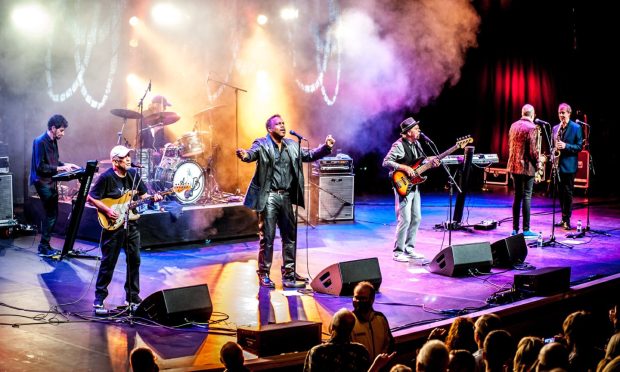Attractions across Tayside and Fife are continuing to feel the effects of the coronavirus pandemic, as figures show visitor numbers have plummeted.
In some cases, specific tourist hotspots saw a reduction in footfall of almost 95%.
Tourism visits to Angus venues fell by almost 70% in 2020.
However, some attractions have managed to sustain popularity in 2021 compared with previous years, showing signs of a positive recovery.
OnFife, the cultural trust which operates tourist attractions in the Kingdom, calculates its visitor numbers via the fiscal year.
Looking at the region’s three main museums and galleries – Dunfermline Carnegie Library and Galleries, Kirkcaldy Galleries, and St Andrews Museum – the numbers in the financial year show a dramatic drop in 2020/21.
Dunfermline Carnegie Library and Galleries welcomed just over 178,000 people in 2018/19 and 2019/20 respectively.
But in in 2020/21, that plummeted to 10,344 – a 94% drop.
Similarly, Kirkcaldy Galleries welcomed 118,263 people in 2018/19 and 111,673 in 2019/20 but only 8,087 visited last year.
The Kirkcaldy attraction offers visitors a library, museum, art gallery, history room, café, gift shop and children’s areas – all under one roof and with free admission.
Further north, the St Andrews Museum saw 41,179 people visit in 2018/19, with that figure reducing to 27,249 in 2019/20, before dropping to just under 5,000 people visited in 2020/21.
Michelle Sweeney, OnFife’s director of creative services, said: “Like cultural organisation across the country, the coronavirus pandemic had a dramatic impact on when and how we were able to open our museums, galleries, theatres and libraries, which is reflected in visitor numbers.
“However, we rose to the challenge and found other ways to continue engaging with our communities.
“Throughout the pandemic our libraries have been our main attraction, supporting customers even when our doors were closed.
“As with everyone else in the sector, we expect the coming year to continue to be a challenging one.”
‘No one has a crystal ball’
She added: “No one has a crystal ball and no one is expecting a sudden bounce-back.
“While we remain at the mercy of Covid-19, we are hopeful that, with vaccines and boosters increasing protection, 2022 will be easier than the last 18 months.”
In Angus, a report by the council reviewing 2020’s tourism put visitor numbers coming to the local authority area under the microscope.
Between 2016 and 2019, there were more than one million tourist visits to the region’s attractions.
In 2020, that number dropped to 324,870 – around 70% less, costing the local economy an estimated £144.63m.
In the City of Discovery, the flagship V&A Museum of Design faced similar challenges.
In 2019, 624,600 people entered the £80m building.
That fell to 116,342 in 2020, roughly 80% of a drop. Visitor numbers recovered slightly by rising to almost 150,000 in 2021 – an improvement – but still well off pre-Covid levels.
A V&A Dundee spokeswoman said: “Every business and cultural organisation has faced challenges due to Covid.
“We saw increasing visitor numbers last year and we’re looking forward to opening our first new exhibition of 2022 – Michael Clark: Cosmic Dancer.”
The museum’s Waterfront neighbour, RRS Discovery, and the associated Discovery Point saw visitor numbers reduce by almost 75% between 2020 and 2021.
In 2021, just over 44,000 people visited the two sites. This dropped to 23,441 in 2020.
In 2019, things were much more positive, with 86,083 visiting Discovery Point and the famous ship which sailed to the Antarctic.
Perth Concert Hall closed in 2020
In Perth and Kinross, the closure of a major attraction for the whole of 2020 meant no income at all at the venue.
Horsecross Arts, the creative organisation and charity behind Perth Concert Hall and Perth Theatre decided to close the venues altogether.
Between September and December 2019 and the same period in 2021, the attractions welcomed around 38,000 visitors, for around 157 events in both seasons.
However, the venue remained fully closed for 2020 and into 2021.
Nick Williams, chief executive of Horsecross Arts, said: “It goes without saying that Covid-19 continues to have a devastating impact on our organisation and the live performance sector as a whole.
“Over the past three months, our audiences have safely and loyally returned thanks to the many Covid mitigations in place throughout our venues.
“However, every change in Scottish Government regulation during this period has had a significant impact on visitor confidence and associated ticket sales.
“The final blow was our necessary closure over the busiest period between Christmas and New Year which put a premature end to our highest selling panto to date, followed by further event cancellations and postponements which now extend into February and March.
“The detrimental effect this is having on audiences, artists and promoters for our upcoming season and longer-term planning is substantial, with advance bookings having already decreased by 16%.”
